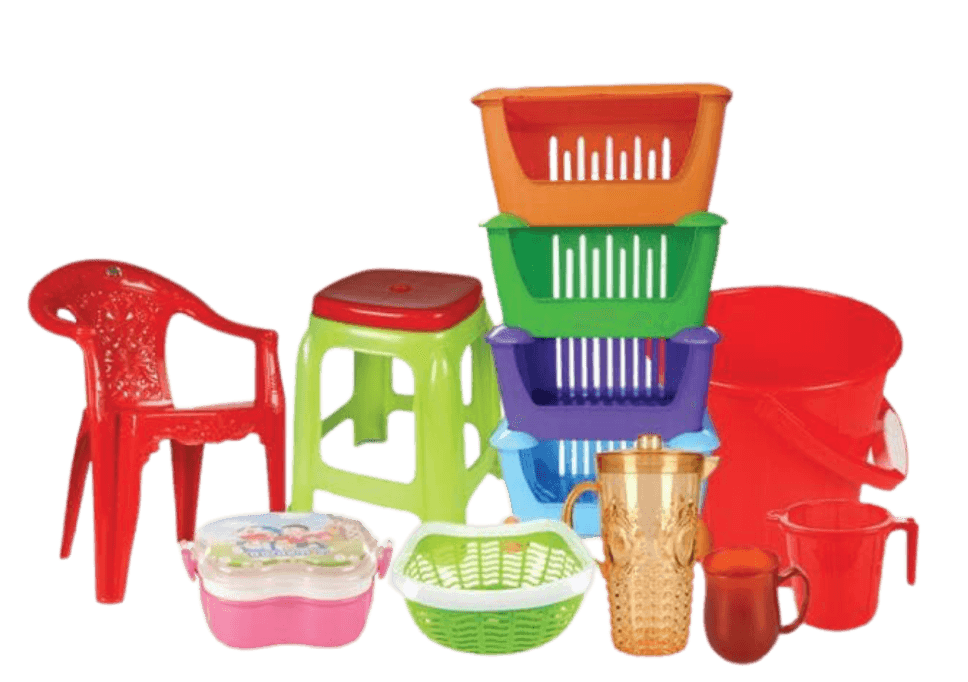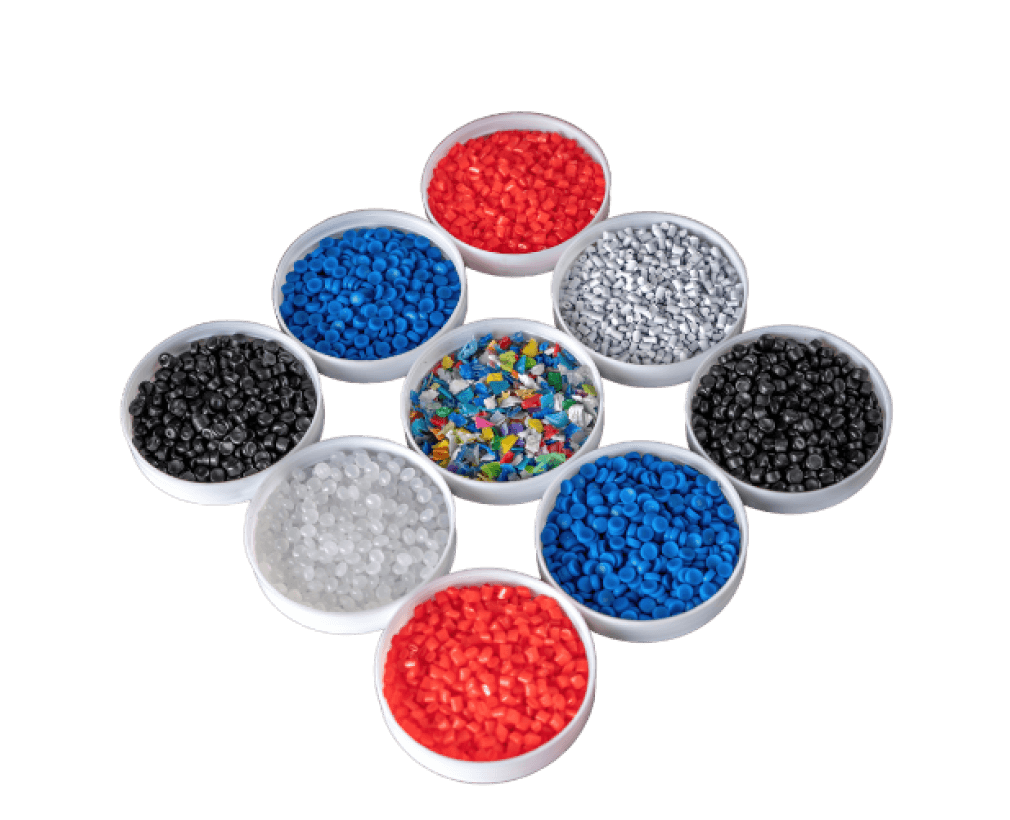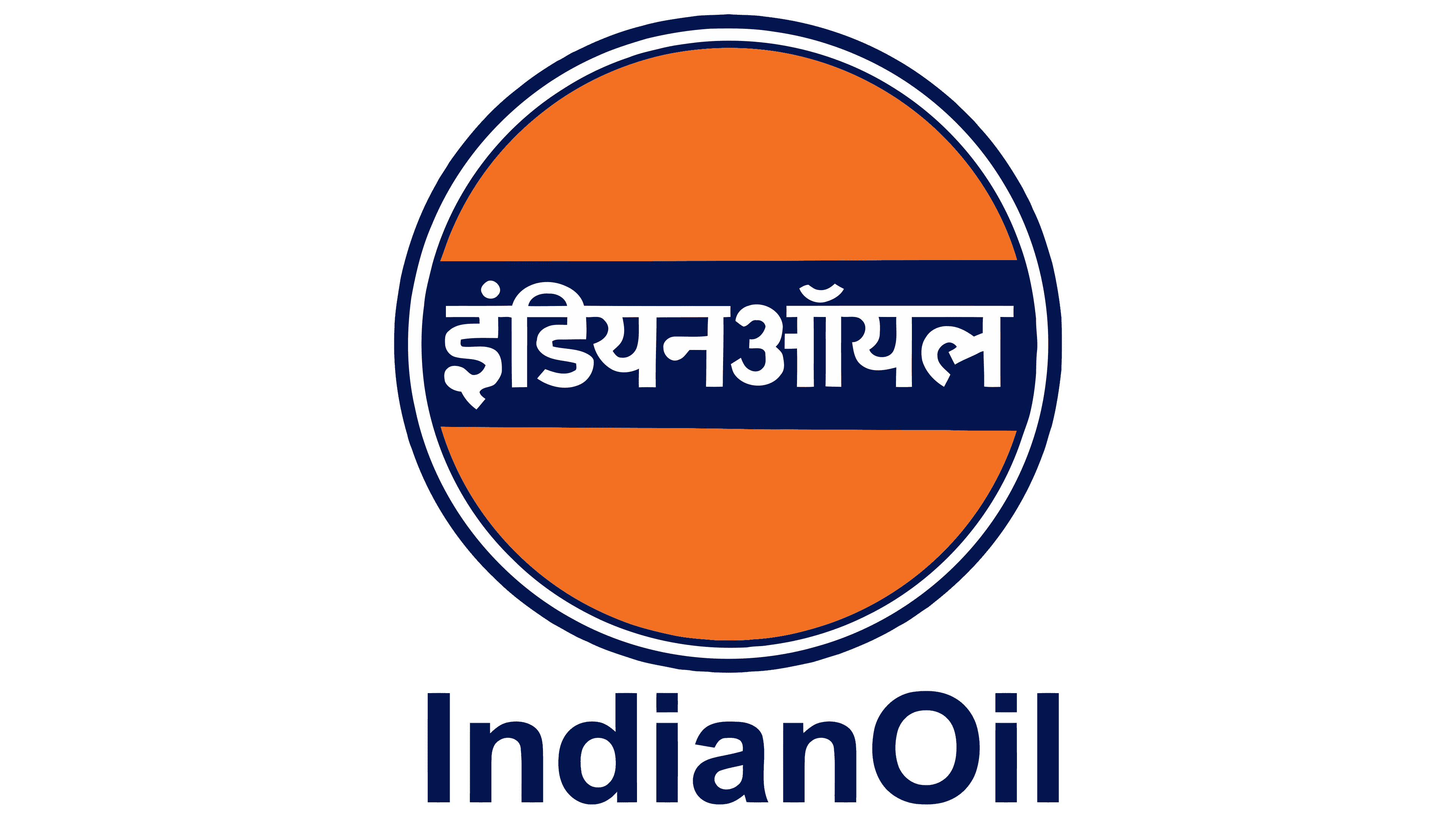Our Products
At Source.One, we pride ourselves on offering an extensive range of high-quality polymers to meet your diverse needs. Whether you're looking for materials with superior strength, flexibility, or resistance, we've got you covered. Explore our wide selection and discover the perfect polymer solution for your application.
Brands we deal in
Industries we cater
Consumer Goods
Consumer goods encompass a wide range of products designed for everyday use, made from various polymers. Items such as household containers, toys, and personal care products often use polymers like polypropylene (PP) and polyethylene (PE) due to their durability, safety, and versatility.

Consumer Goods
Consumer goods encompass a wide range of products designed for everyday use, made from various polymers. Items such as household containers, toys, and personal care products often use polymers like polypropylene (PP) and polyethylene (PE) due to their durability, safety, and versatility.

Consumer Goods
Consumer goods encompass a wide range of products designed for everyday use, made from various polymers. Items such as household containers, toys, and personal care products often use polymers like polypropylene (PP) and polyethylene (PE) due to their durability, safety, and versatility.

Flexible Packaging
Flexible packaging is a versatile material crafted from polymers, designed to be easily shaped and molded. This type of packaging, commonly made from materials like polyethylene and polypropylene, is widely used to create pouches, bags, and wraps that protect products and extend their shelf life.

Flexible Packaging
Flexible packaging is a versatile material crafted from polymers, designed to be easily shaped and molded. This type of packaging, commonly made from materials like polyethylene and polypropylene, is widely used to create pouches, bags, and wraps that protect products and extend their shelf life.

Flexible Packaging
Flexible packaging is a versatile material crafted from polymers, designed to be easily shaped and molded. This type of packaging, commonly made from materials like polyethylene and polypropylene, is widely used to create pouches, bags, and wraps that protect products and extend their shelf life.

Fabric
Fabric, in simple terms, is a textile material crafted from polymers, offering a cloth-like appearance. Over time, polymers, particularly Polypropylene (PP) and High-Density Polyethylene (HDPE), have gradually replaced traditional textile materials such as Cotton and Wool.

Fabric
Fabric, in simple terms, is a textile material crafted from polymers, offering a cloth-like appearance. Over time, polymers, particularly Polypropylene (PP) and High-Density Polyethylene (HDPE), have gradually replaced traditional textile materials such as Cotton and Wool.

Fabric
Fabric, in simple terms, is a textile material crafted from polymers, offering a cloth-like appearance. Over time, polymers, particularly Polypropylene (PP) and High-Density Polyethylene (HDPE), have gradually replaced traditional textile materials such as Cotton and Wool.

Rigid Packaging
Rigid packaging is a strong and inflexible material made from polymers, designed to create sturdy containers like bottles, jars, and tubs. Polymers such as polyethylene terephthalate (PET) and high-density polyethylene (HDPE) are commonly used in rigid packaging to ensure product protection and durability.

Rigid Packaging
Rigid packaging is a strong and inflexible material made from polymers, designed to create sturdy containers like bottles, jars, and tubs. Polymers such as polyethylene terephthalate (PET) and high-density polyethylene (HDPE) are commonly used in rigid packaging to ensure product protection and durability.

Rigid Packaging
Rigid packaging is a strong and inflexible material made from polymers, designed to create sturdy containers like bottles, jars, and tubs. Polymers such as polyethylene terephthalate (PET) and high-density polyethylene (HDPE) are commonly used in rigid packaging to ensure product protection and durability.

Water Management
Water management involves the use of polymer materials to create pipes, fittings, and storage tanks. Polymers such as polyvinyl chloride (PVC) and polyethylene (PE) are essential in providing corrosion-resistant and durable solutions for water supply and waste management systems.

Water Management
Water management involves the use of polymer materials to create pipes, fittings, and storage tanks. Polymers such as polyvinyl chloride (PVC) and polyethylene (PE) are essential in providing corrosion-resistant and durable solutions for water supply and waste management systems.

Water Management
Water management involves the use of polymer materials to create pipes, fittings, and storage tanks. Polymers such as polyvinyl chloride (PVC) and polyethylene (PE) are essential in providing corrosion-resistant and durable solutions for water supply and waste management systems.

Electrical Appliances
Electrical appliances utilize polymers for insulation, housing, and various components. Polymers like polycarbonate (PC) and acrylonitrile butadiene styrene (ABS) are known for their non-conductive, durable, and heat-resistant properties, making them ideal for ensuring the safety and longevity of electronic devices.

Electrical Appliances
Electrical appliances utilize polymers for insulation, housing, and various components. Polymers like polycarbonate (PC) and acrylonitrile butadiene styrene (ABS) are known for their non-conductive, durable, and heat-resistant properties, making them ideal for ensuring the safety and longevity of electronic devices.

Electrical Appliances
Electrical appliances utilize polymers for insulation, housing, and various components. Polymers like polycarbonate (PC) and acrylonitrile butadiene styrene (ABS) are known for their non-conductive, durable, and heat-resistant properties, making them ideal for ensuring the safety and longevity of electronic devices.

Additives
Additives are substances added to polymers to enhance their properties. Common additives include stabilizers, flame retardants, and plasticizers, which improve UV resistance, fire safety, and flexibility, tailoring the performance of polymers for specific applications.

Additives
Additives are substances added to polymers to enhance their properties. Common additives include stabilizers, flame retardants, and plasticizers, which improve UV resistance, fire safety, and flexibility, tailoring the performance of polymers for specific applications.

Additives
Additives are substances added to polymers to enhance their properties. Common additives include stabilizers, flame retardants, and plasticizers, which improve UV resistance, fire safety, and flexibility, tailoring the performance of polymers for specific applications.

Automotive
The automotive industry relies on polymers to manufacture lightweight, durable, and cost-effective components. Polymers such as polypropylene (PP) and acrylonitrile butadiene styrene (ABS) contribute to better fuel efficiency, safety, and design flexibility in vehicles.

Automotive
The automotive industry relies on polymers to manufacture lightweight, durable, and cost-effective components. Polymers such as polypropylene (PP) and acrylonitrile butadiene styrene (ABS) contribute to better fuel efficiency, safety, and design flexibility in vehicles.

Automotive
The automotive industry relies on polymers to manufacture lightweight, durable, and cost-effective components. Polymers such as polypropylene (PP) and acrylonitrile butadiene styrene (ABS) contribute to better fuel efficiency, safety, and design flexibility in vehicles.

Footwear
Footwear incorporates polymers to provide comfort, durability, and flexibility. Materials like ethylene-vinyl acetate (EVA) and thermoplastic polyurethane (TPU) are used in soles, uppers, and cushioning, making shoes lightweight, water-resistant, and long-lasting.

Footwear
Footwear incorporates polymers to provide comfort, durability, and flexibility. Materials like ethylene-vinyl acetate (EVA) and thermoplastic polyurethane (TPU) are used in soles, uppers, and cushioning, making shoes lightweight, water-resistant, and long-lasting.

Footwear
Footwear incorporates polymers to provide comfort, durability, and flexibility. Materials like ethylene-vinyl acetate (EVA) and thermoplastic polyurethane (TPU) are used in soles, uppers, and cushioning, making shoes lightweight, water-resistant, and long-lasting.

@2025 SPCX Private Limited. All rights reserved
All trademarks are the property of their respective owners.
@2025 SPCX Private Limited. All rights reserved
All trademarks are the property of their respective owners.















